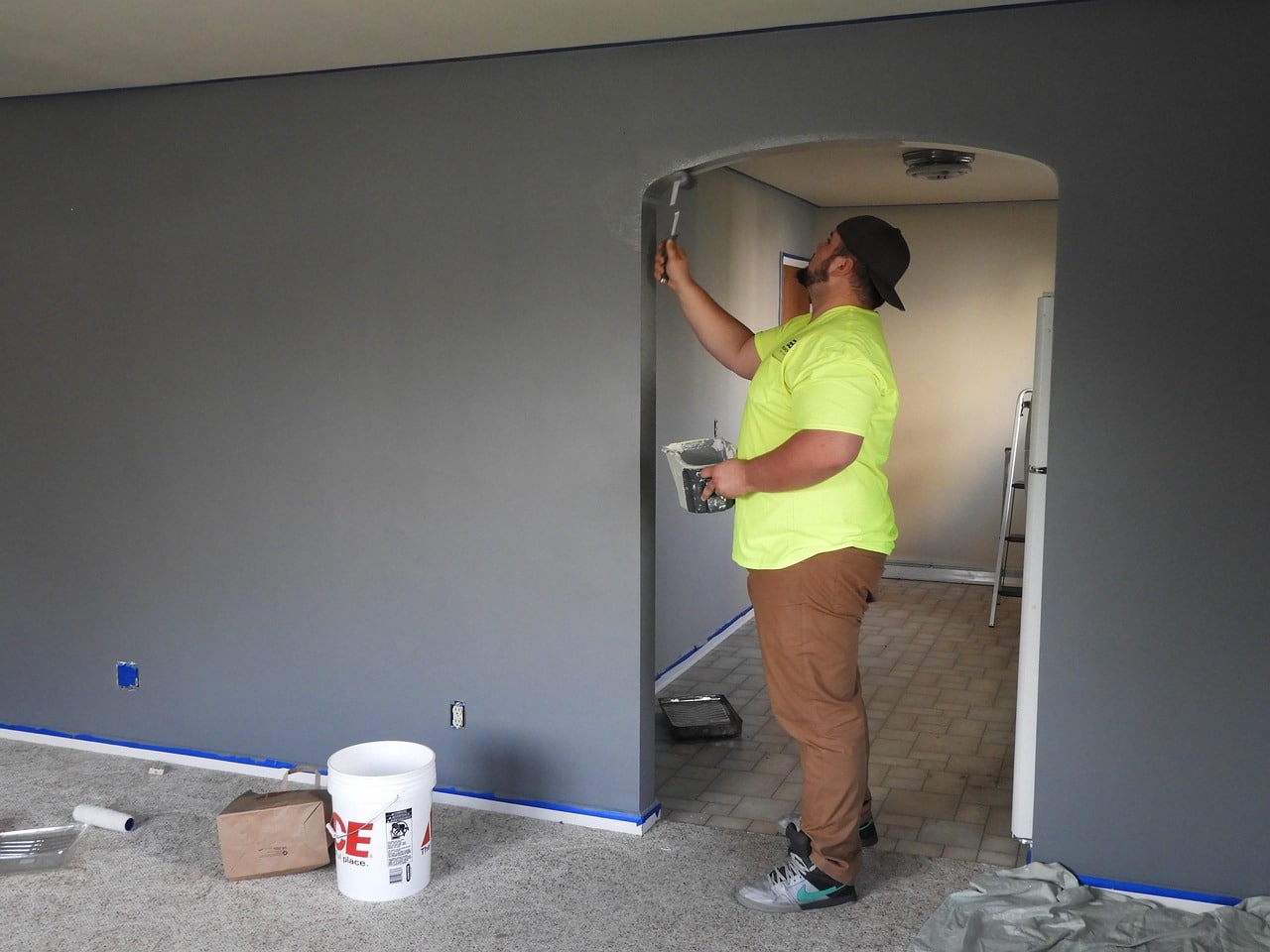Rising energy costs and growing environmental concerns have homeowners searching for practical ways to reduce their utility bills while minimizing their carbon footprint. The good news is that implementing energy efficient home improvement ideas doesn’t require a complete renovation or massive investment. From simple DIY projects to strategic upgrades, these energy efficient home improvement ideas can significantly impact your energy consumption and monthly expenses.
Start with the Building Envelope
The foundation of any energy-efficient home begins with a solid building envelope. This includes your walls, roof, windows, and doors – essentially everything that separates your indoor environment from the outdoors.
Upgrade Your Insulation Poor insulation is one of the biggest culprits behind high energy bills. Adding insulation to your attic, walls, and basement can reduce heating and cooling costs by up to 30%. Consider blown-in cellulose or spray foam insulation for maximum efficiency. Even simple weatherstripping around doors and windows can eliminate drafts and improve comfort.
Install Energy-Efficient Windows If your windows are more than 15 years old, replacing them with double or triple-pane windows can dramatically improve your home’s energy performance. Look for windows with low-E coatings and gas fills between panes. While this represents a larger investment, the long-term savings and increased home value make it worthwhile.
Seal Air Leaks Before investing in major upgrades, conduct a thorough air leak inspection. Use caulk to seal gaps around windows, doors, electrical outlets, and plumbing penetrations. A simple tube of caulk costs under $5 but can prevent hundreds of dollars in wasted energy annually.
Heating and Cooling System Improvements
Your HVAC system typically accounts for nearly half of your home’s energy consumption, making it a prime target for efficiency improvements. These energy efficient home improvement ideas for heating and cooling systems can deliver substantial savings.
Upgrade to a Programmable or Smart Thermostat Installing a programmable thermostat allows you to automatically adjust temperatures when you’re away or sleeping. Smart thermostats take this further by learning your habits and can be controlled remotely via smartphone apps. This simple upgrade can reduce heating and cooling costs by 10-15%.
Regular HVAC Maintenance Schedule annual professional maintenance for your heating and cooling systems. Clean or replace filters monthly during peak seasons. A dirty filter forces your system to work harder, increasing energy consumption and reducing equipment lifespan.
Consider Heat Pump Technology Modern heat pumps can efficiently heat and cool homes in most climates. They’re particularly effective in moderate climates and can be two to three times more efficient than traditional heating methods.
Water Heating Efficiency
Water heating represents about 18% of your home’s energy use, offering significant opportunities for savings.
Install Low-Flow Fixtures Replace old showerheads and faucets with low-flow models that maintain pressure while using less water. This reduces both water and energy consumption since you’re heating less water.
Water Heater Upgrades Wrap your water heater in an insulating blanket and insulate the first few feet of hot water pipes. For older units, consider upgrading to a tankless water heater or high-efficiency tank model. These improvements can reduce water heating costs by 20-40%.
Fix Leaks Promptly A single dripping faucet can waste thousands of gallons annually. Repair leaks immediately to avoid wasting heated water and the energy required to heat it.
Lighting and Electrical Improvements
Lighting accounts for about 12% of residential energy use, making it an easy target for efficiency improvements.
Switch to LED Lighting Replace incandescent and CFL bulbs with LED alternatives. LEDs use 75% less energy and last 25 times longer than incandescent bulbs. While the upfront cost is higher, the long-term savings are substantial.
Install Motion Sensors and Timers Add motion sensors in basements, garages, and utility rooms where lights are often left on accidentally. Timer switches work well for bathroom exhaust fans and outdoor lighting.
Maximize Natural Light Use lighter paint colors to reflect more natural light throughout your home. Install skylights or solar tubes in dark areas to reduce daytime lighting needs.
Appliance and Technology Upgrades
Choose ENERGY STAR Appliances When replacing appliances, always choose ENERGY STAR certified models. These appliances use 10-50% less energy than standard models. Focus on the biggest energy users first: refrigerators, washers, and dryers.
Unplug Phantom Loads Electronics continue drawing power even when turned off. Use smart power strips or simply unplug devices when not in use. This can reduce your electricity bill by 5-10%.
Optimize Your Refrigerator Keep your refrigerator between 37-40°F and your freezer at 5°F. Clean the coils annually and ensure door seals are tight. A well-maintained refrigerator uses significantly less energy.
Renewable Energy Options
Solar Panel Installation Solar technology has become increasingly affordable and efficient. Even a partial solar installation can significantly reduce electricity bills. Many areas offer tax incentives and rebates that make solar more accessible.
Solar Water Heating Solar water heaters can meet 50-80% of your hot water needs in sunny climates. These systems have lower upfront costs than full solar panel installations while providing excellent returns.
Smart Home Integration
Home Energy Monitoring Install a whole-home energy monitor to track real-time energy consumption. Understanding when and how you use energy helps identify opportunities for additional savings.
Smart Electrical Panels Modern smart panels allow remote monitoring and control of individual circuits, helping optimize energy use throughout your home.
Implementation Strategy
When considering energy efficient home improvement ideas, start with the most cost-effective improvements first. Air sealing, weatherstripping, and LED lighting provide immediate returns with minimal investment. Then progress to larger projects like insulation, window replacement, and HVAC upgrades.
Many utility companies offer rebates and incentives for energy efficiency improvements. Research available programs in your area before starting projects to maximize your savings.
Energy efficient home improvement ideas don’t just reduce utility bills – they increase comfort, improve indoor air quality, and boost home value. Whether you tackle one project at a time or plan a comprehensive efficiency overhaul, every improvement moves you toward a more sustainable, cost-effective home. The key is starting somewhere and building momentum as you see the results in both your comfort and your wallet.
If you need assistance contact us


No responses yet